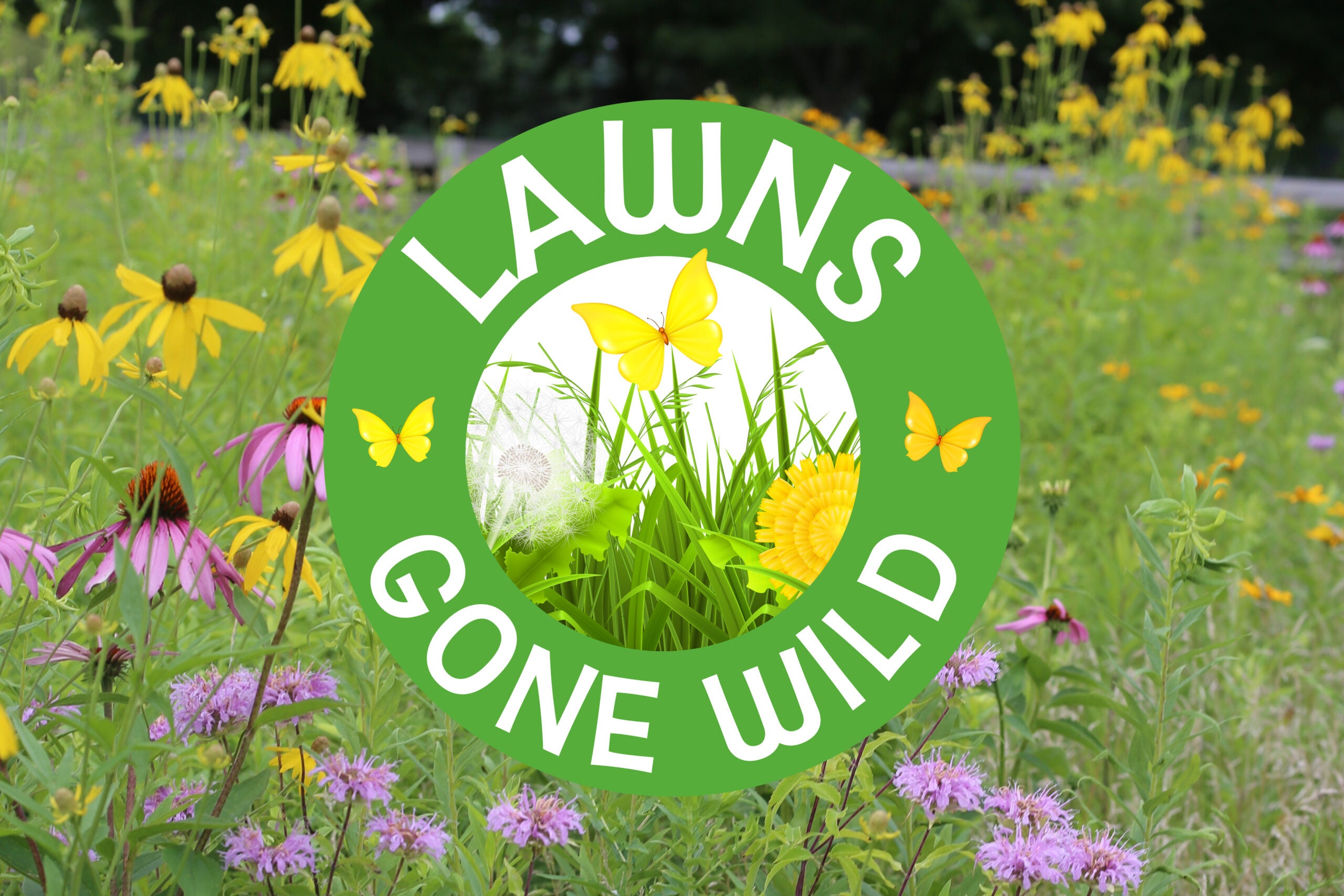Hey team, and welcome back to one5c! Last week, I was deep into bingeing HGTV home-reno reruns when someone who bought a rundown house started weed-whacking the absolute bejeezus out of the overgrown backyard. “Please, please, please don’t roll out sod,” I caught myself muttering. Grass has been on my mind a lot this week, because we’re in the home stretch of Lawns Gone Wild, a step-by-step guide to converting a patch of grass into a wee wildflower meadow.
Even if you’re not nuking your lawn, though, we’ve got plenty of ideas to add to your world-saving to-do list. Perhaps, for example, I can interest you in an e-bike? —Corinne
WHAT WE’RE INTO THIS WEEK
By Shreya Agrawal

Greenwatch
The E.U. cracks down on airline offsets
Many airlines tempt climate-minded travelers with carbon credits to ease any ill feeling they have about the impact of their flights. Experts have for years flagged these cheap ways to offset emissions as usually a scam, and last week, the European Union made moves to clamp down. It launched an action against 20 airlines for failing to provide evidence for the effectiveness of their offset programs, which the governmental body said amounts to greenwashing. E.U. Vice President for Values and Transparency Věra Jourová said in a statement that consumers “deserve accurate and scientific answers, not vague or false claims.” This action serves as a benchmark for how other countries can act to check the “green” claims of major polluters.
Weather report
More intense weather in the Central U.S.
Around 70 million people in the U.S. are at risk of severe storms early this week, including intense thunderstorms, hail, and tornadoes. Areas of central Oklahoma are at moderate risk for tornadoes—level 4 of 5 of the scale set by the Storm Prediction Center. This comes after an April that saw more than 300 tornadoes. While the links between human-caused climate change and intense thunderstorms is well established, climate scientists are still investigating warming’s impact on tornadoes, reports Axios. That means we can’t yet link a particular storm’s intensity back to climatic shifts, but researchers are noticing changes in where tornadoes happen.
Good read
Will retailers ever embrace reusable packaging?
Buying a coffee and tossing the empty cup is a seemingly innocuous act of convenience, but single-use plastics like these make up more than one-third of all the plastic the world makes. Some retailers have been trying to supplant these throwaways with reusable packaging. But these efforts have largely failed. The hitch? In a market trained to expect disposability, reusables have to work across stores and brands to win over convenience-obsessed customers. In his latest for Grist, Joseph Winters looks at the groups working to create reusability systems that can be expanded to global scales.
Study guide
A dead-simple way to get people on e-bikes
A growing number of states are rolling out cost incentives to nudge people onto e-bikes, which, it turns out, may create long-term converts. According to a new analysis by the University of British Columbia, people who purchase e-bikes through incentive programs show the most enthusiasm for their new, eco-friendly wheels. Converts had reduced car travel by up to 40% a year after buying their new whips, and riders on average nixed about 16 kilos of emissions per person per week. Across a million riders, that’s like eliminating the annual energy use of more than 100,000 U.S. homes. You can see if your state offers an e-bike incentive here.
MIC-DROP CLIMATE STAT
90
The amount of textile waste, in millions of tons, created by the global fashion industry every year. Deadstock fabric promises to turn more of that excess into clothes, but is it really sustainable? Read more here.
LAWNS GONE WILD
How to plant a wildflower meadow
By Leslie Horn Peterson

Welcome back to Lawns Gone Wild, one5c’s step-by-step guide to rewilding your lawn. Pour one out for your non-native grass, which should be dead or close to breathing its last at this point. Now it’s time for the fun stuff: planting. This coming Sunday—or the few days after—is your moment. (If you want to catch up on prior steps, head right this way.)
First up is prep. If you covered your grass with cardboard, pull it up. If you used builder’s paper, you don’t have to remove it; ecologist Doug Tallamy says it should be sufficiently broken down by now and you can plant right through whatever scraps are left. Before you plant or seed, rake any excess materials or weeds off the area. The seed-sowing process is different depending on whether you opted to buy seeds or plugs.
- If you’re planting seeds: Mix your seeds with sand (Lady Bird Johnson’s Wildflower Institute suggests four parts sand to one part seed) to help them bind to the ground and spread evenly. Divide the mix into two parts, and scatter it in a crosshatch pattern across your plot: Toss half across from left to right, and then the other half from top to bottom. Then lightly pat the soil down. Mulch with hay and water immediately. Wet the plot daily for the first couple weeks until the plants germinate and roots are established.
- If you’re planting plugs: Use a drill or a trowel to make a hole that’s about an inch and a quarter deep (or allows the plug’s crown to be at or barely above soil level), pop your plugs in at least 12 inches apart, and spread natural mulch or compost.
That’s it! What comes next requires patience and, especially if this is your first attempt, giving yourself and your lawn a little grace. Remember: Rewilding is a marathon. “Some of the plants won’t make it or won’t thrive, and others will do really well and hopefully live and learn and change and adapt,” says University of Minnesota Forestry Extension educator Angie Gupta, who’s created resources (including a list of plants and trees) to help Minnesotans plant in a climate-resilient manner. While plugs give you a head start and will have spread after a few months, if you’re planting from seed, Tallamy says it can take two to three years to see the “full splendor” of a meadow.
We’ll be back next week with the final installment, including what you need to know about upkeep (hint: it’s easy!).
